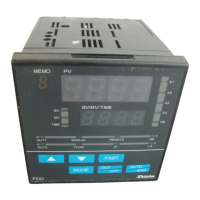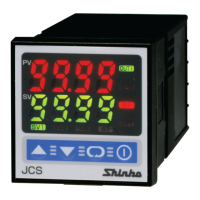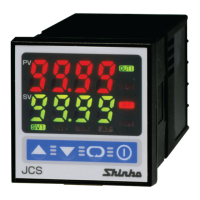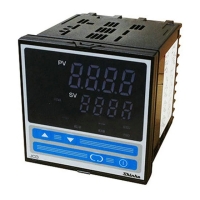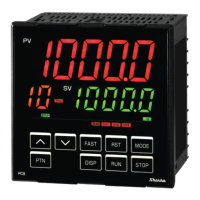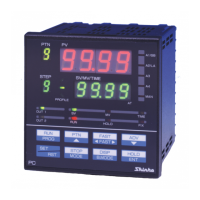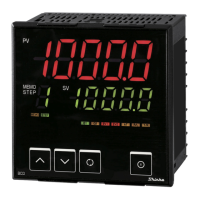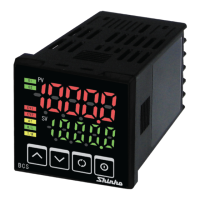What causes OUT1 or OUT2 to remain ON on my Shinko FCD-13A Controller?
- MMichael ZavalaSep 12, 2025
If OUT1 or OUT2 remains in an ON status, the OUT1 low limit value or OUT2 low limit value may be set to 100% or higher in Auxiliary function setting mode 2. Set it to a suitable value.
